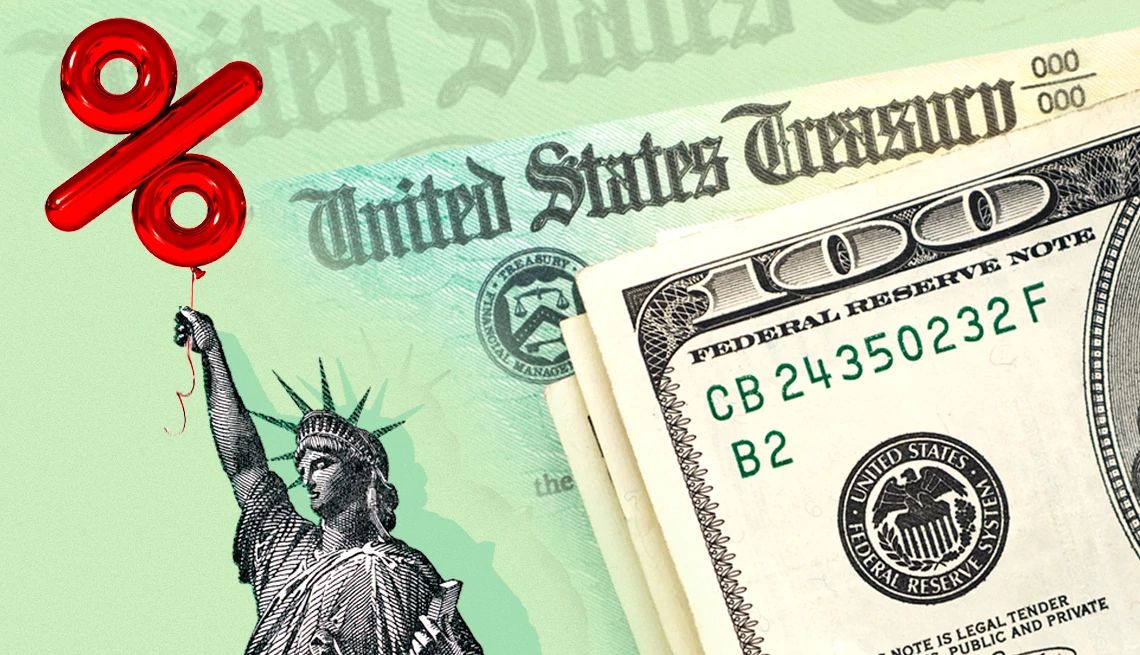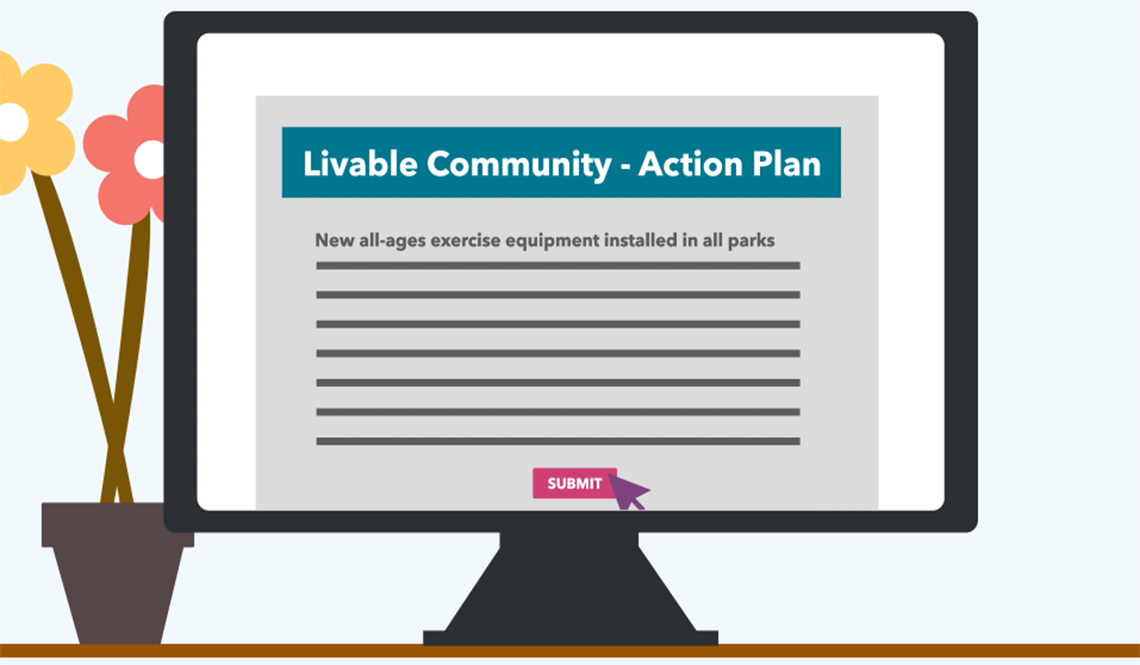
- Select a language for the TTS:
- UK English Female
- UK English Male
- US English Female
- US English Male
- Australian Female
- Australian Male
- Language selected: (auto detect) - EN
Play all audios:
STEP 1. Choose the type of account you’re opening. The link isn’t in the three boxes that explain how to open an account. Instead, it’s a tiny blue box at the bottom of the page that says
Apply Now. The default on the next page is Individual. The others are for businesses or estates and trusts. Once you’ve made your choice, click Submit in a tiny blue box in the lower
left-hand corner. (Note: Don’t use your browser button to go back a page; use the tiny Return button.) STEP 2. Fill out your personal information: name, address, Social Security number,
phone and email. You’ll also need to give your bank information: name, routing number, account number, name(s) on the account, and whether it’s a checking or savings account. Review the
information carefully. STEP 3. Create a password and choose three reminder questions to answer in case you forget your password. That’s it. You’ll get an email from the U.S. Treasury that
gives you a onetime passcode; enter it when prompted, and you’re in. Hit the BuyDirect button to make purchases; check your purchases under Current Holdings. You can only buy on auction
dates, which occur regularly. Noncompetitive bids must be received before 11 a.m. on auction day. A STRATEGY FOR RISING RATES: LADDERING One problem with buying an interest-bearing security
is that you’re locking in current rates for a period of time — say, a year. Your biggest worry: Rates will keep rising after you’ve locked in. Powell has indicated that he will continue to
raise interest rates to squash inflation. How do you avoid yield regret? With a ladder. For example, suppose you have $1,000 you want to invest. Take $250 and invest it in a one-year T-bill
at the next auction date. Do this every three months afterward. After a year, you’ll have one T-bill maturing every three months. Did rates keep rising after your first purchase? You would
have caught the rise with the next purchase. Another strategy: Invest the entire $1,000 in three-month T-bills. Every three months, reinvest $250 of the three-month bills into a one-year
bill. At the end of the year, you’ll have four one-year T-bills, with one maturing every three months. Currently, the one-month T-bill is the highest-yielding investment among bills, notes
and bonds. This is not normal: Typically, the longer you tie up your money, the higher the yield. At least at the moment, it doesn’t make sense to tie up your money for, say, two years at a
lower yield than what you could get for four months. You can use the laddering strategy for bank CDs also, but banks currently aren’t offering one-year CDs with rates as high as a one-year
T-bill. Banks typically don’t raise their savings rates as fast as they raise their borrowing rates. CD rates may catch up with T-bills eventually. PROS AND CONS OF INVESTING IN T-BILLS PROS
* The U.S. Treasury guarantees interest and principal on T-bills will be paid on time and in full. * Interest earned on T-bills isn’t taxed at the state and local levels, but it is taxed as
federal income. * U.S. Treasury bills are highly liquid, meaning you can easily sell them at any time before they reach maturity. CONS * When a T-bill matures, there’s a risk that interest
rates may be lower, creating a situation known as reinvestment risk. If you reinvest that money, you may end up making less than you planned. * T-bills have 365 days or less to reach full
maturity. So if interest rates drop, you can’t wait for them to rebound before withdrawing. * Though T-bills typically offer lower interest rates than other fixed-income options, they
currently yield more than Treasury notes and bonds, creating what’s called an inverted yield curve. This reflects investor concerns about future economic slowdowns, potentially leading to
lower interest rates. _Source: Brian L. Thorkelson, chief market strategist at Prosperity, an EsinerAmper company_








